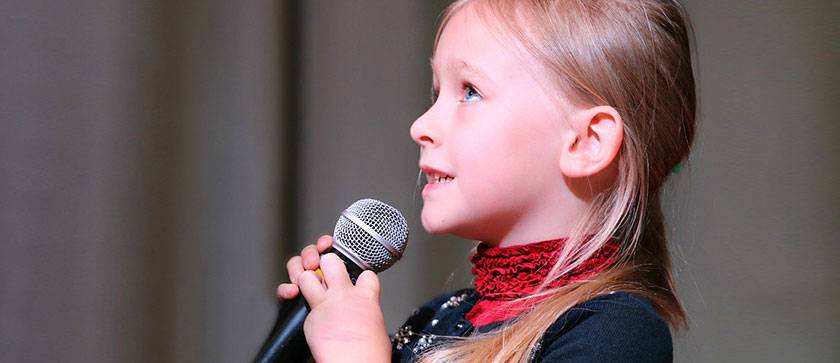
Hello, this is KAN of Loose Voice!
This time, I will tell you the cause and solution to the problem of that raspy sound that is mixed in with a strong falsetto taking away from its beauty.
The solution to your concerns will also lead to a good feeling when you hit high notes with your chest voice. So if you are not good at using falsetto, please try this!
To begin with, to give you an idea of a "strong falsetto", it helps to understand if you consider a choir singing voice.
I think most people have sung in a choir at least once when they were in school, so keep that in mind. The "resounding falsetto" produced by the soprano part of the choir is the head voice (strong falsetto). You can feel the strength, sound, and expanse so that the voice penetrates from above your head.
However, on the other hand, when trying to make a falsetto strong, it may come out as a raspy falsetto.
Why?
That is because the singer is [trying to use the falsetto while the throat is trying to make a strong voice].
Here, I will briefly explain the vocal cord movements of the chest voice and falsetto.
Chest voice → shortened vocal cords (= thicker)
When the vocal cords vibrate, the area in contact is large, so the voice becomes thick and strong.
Falsetto → Stretched vocal cords (= thinner)
When the vocal cords vibrate, the area is small, so the voice becomes light and weak.
For everyone, the falsetto is quieter than the chest voice.
It will be easier to understand if you imagine a stringed instrument.
For example, in the case of a guitar, the thickest 6th string has a low and thick sound, and the thinnest 1st string has a high and light sound. Similarly, the vocal cords require a change in thickness between bass and treble.
Let's get back to the story
"Trying to use the falsetto while the throat is trying to make a strong voice " means that the vocal cords are being stretched thinly in the falsetto, but the chest voice (the opposite movement) is trying to shorten the vocal cords and make them thicker.
In other words
At the same time, we are doing the conflicting exercises of stretching and contracting! Therefore, it is difficult to make a beautiful head voice because it causes a motional collision creating a raspy voice.
Specific experience
When you have a strong voice, you will feel a strong throat tingling and friction on the "front side of your throat". This shows that the area around the throat is vibrating.
There is also a feeling of it resonating in the chest. (Commonly known as: Chest Voice)
And if you try to get the same experience when trying to make a strong falsetto, the usage of the throat of the chest voice will become stronger, so it will not be a beautiful falsetto.
In the case of falsetto, there is, of course, less tingling in the throat than with the chest voice, and the vibration is not felt on the front side, but between the nose and upper jaw, soft palate, back of upper teeth, back of head, etc. You will feel as if things are gathering above the center of your head.
That's why it's called Head Voice.

How to improve
If it can be improved simply by imagining the direction in which the voice resonates, I think that would be the fastest, but I don’t think it’s that easy.
* In rare cases, there are people who can change their voice well just by imaging their voice above their head. In particular, it tends to be more common among women who do not originally have a strong voice.
When it is difficult to use only the imagination, there is one method you should try.
It is [to speak while raising your chin a little and looking diagonally upward]
* The neck and throat do not stretch. You may rest the back of your head lightly against the wall.
When singing, it is basically good to pull your chin in slightly to sing, but when practicing vocalization to solve this problem, please take this above posture.
Now, I'd like you to give it a try, but while raising your chin a little and looking diagonally upward, put out a slightly higher chest voice and add a little "throat flutter" and say "Ah". Please let me hear it.
How is it?
It's kind of painful and it's hard to make a voice. ..
That's right.
If you use this posture to strengthen the throat of the chest voice, it will be very painful. As such, you should take advantage of this phenomenon and look for a voice that can be easily produced in this posture! That is the practice of falsetto (head voice) with the vocal cords firmly stretched.
In the above posture, practice changing from a weak falsetto that leaks breath to a strong falsetto (head voice) (crescendo).
Don't allow your throat to tense up as you crescendo. As a knack, I think that it will work if you do it while imagining letting out your voice and breath toward the upper head.
If you get a beautiful falsetto that way, straighten your face and do the same exercise.
I'm sure that the throat will not get clogged up and it will be easier to make a clean falsetto.
This feeling can also be used for the treble of the chest voice, so it's a good idea to practice the treble version of the chest voice in the same way.
Please refer to this!


























